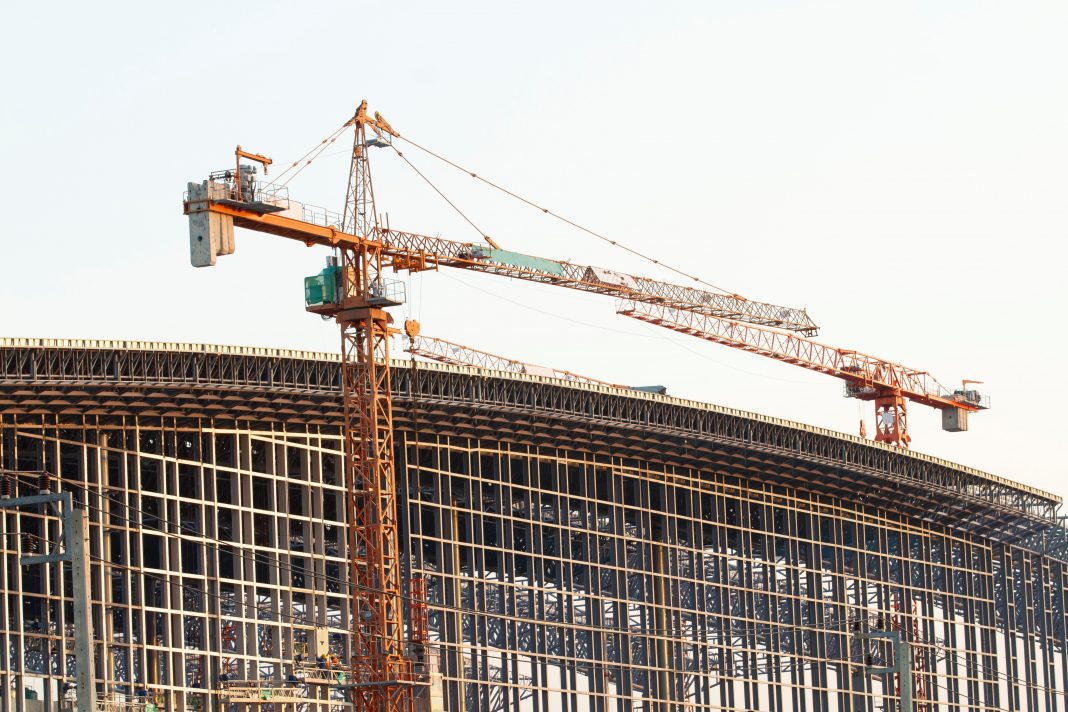Thomas Owen of Re-Space explores the dilemma governments often face when building megaprojects – mainly, why they always seem to cost a lot more and take a lot more time than planned
If it always seems like a megaproject is destined to cost more and arrive later than planned — then you are right. At least, that’s according to the Oxford Global Projects Database, which holds the data on nearly 12,000 different projects.
According to the OGPD, nearly every category failed to meet its time and budget deadlines, including 39% of rail projects and 61% of aerospace projects. Only 7.8% of all projects were delivered on time and on budget, and only 0.5% provided all of the “expected benefits” that they were intended for.
For example, consider the UK’s big railway infrastructure projects at the moment: Crossrail and HS2. Crossrail was due to open in 2018 and now could be looking at a 2021 opening date. It was originally budgeted with £3bn for contingency purposes — a figure had to be more than doubled to around £6.2bn.
HS2’s first-phase budget is already a massive £57bn. If it needs a contingency budget anything like Crossrail has, that will be an additional £20bn. Which is more money than was initially budgeted for the entire Crossrail project (£17.6bn).
Some of the biggest overruns in world history include the Suez Canal, which cost nearly 2,000% the estimated cost, and the Sydney Opera House, which cost roughly 1,400% more than its original budget.
Why megaprojects fail
Professor Bent Flyvbjerg of Oxford Major Projects database believes that the problems for megaprojects begin with the forecasting models. Megaprojects are staggeringly complex, so where does a project manager even start?
Traditionally, projects are compartmentalised into ever-smaller projects and run through a form of risk management known as the Monte Carlo analysis that involves thousands of computer simulations of any probable thing that can go wrong. The simulations provide project managers with what they call as “three-point estimate” which gives a range of dates that predict when a project is very unlikely, somewhat likely, and very likely to be completed.
But Flyvbjerg believes this process is flawed due to innate human biases.
‘Uniqueness bias’
For example, most megaprojects suffer from ‘uniqueness bias’. Because they are often staggeringly large and complicated, it is easy to assume nothing like them has ever been done before. But this is a wrong way of going about it. There will always be great projects that engineers and project managers can learn from, that has already been done. For example, with Crossrail, it is easy to think that no one has ever tried a large railway extension in London before, and so they cannot possibly learn anything from, say, the Metro extension in Paris.
‘Black swan’ events
Megaprojects are also bad at planning for ‘Black Swan’ events — disasters that are extremely rare but devastating when they do happen. But because megaprojects take so long to finish, there is more opportunity for them to occur.
Once they are inevitably completed, megaprojects are often so essential that the public and politicians alike quickly take them for granted and ‘forget’ their enormous costs in the first place. Meaning that project managers often ‘get away with it’ despite the enormous costs.
Communication breakdown
Lastly is a general failure of communication that begins to manifest early on in construction, where things will go wrong but there’s no system in place to flag them, and no proper rules on how to deal with them.
Making realistic forecasts and learning from past experience
There may be a new way of forecasting on the horizon that can dispel the problems so typical of traditional forecasting methods.
Pioneered by the behavioural scientists Daniel Kahneman and Amo Tversky, “reference class forecasting” will work by compiling and analysing previous megaprojects with the experience of the project managers and engineers who worked on those megaprojects. It is thought that this could help to “de-bias” forecasting.
With this new method, instead of making assumptions on hypothetical questions, AI-algorithms will take to work on a large dataset of construction data and find the most relevant information to help with the forecasting.
Data trust: Big data with benefits… if it works
But this new method can only work if the construction industry champions a culture of “data trust”. This would require every project to record its mistakes, compensation events, inspection data, and more and put it into a graph database. Data analysts from future projects will then be able to access this database and learn directly from real-world project case studies.
But many organisations have expressed scepticism for this approach, as understandably some of the data could be commercially sensitive. One proposal, according to Martin Paver of Projecting Success, could be a “federated ownership and access structure” that will only provide access to third-party analytics companies, and not competing firms.
It will understandably be difficult to build a culture of data trust but, if it works, it could finally spell the end of an era for large, overrun, costly megaprojects.
Thomas Owen
Twitter: @ReSpaceltd

















